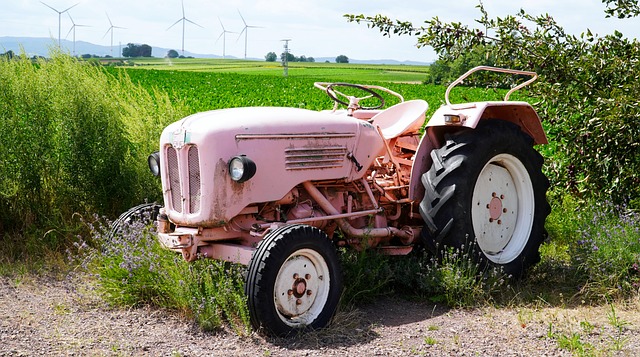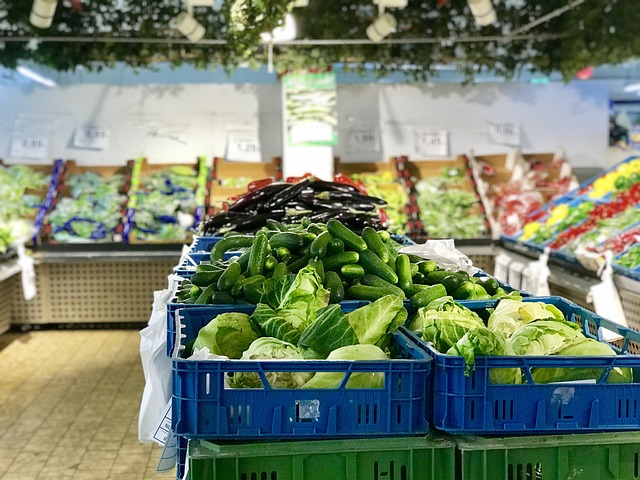Efficient yard waste management, including removal and recycling, is crucial for environmental protection and property aesthetics. By identifying debris types like grass clippings, leaves, and twigs, homeowners can compost organic materials or use municipal programs. Larger items can be chipped for mulch. Many communities offer yard waste removal services that recycle these materials into landscaping products and biofuel, reducing landfill waste. Grass clippings, leaves, and small branches can also be transformed into nutrient-rich compost or upcycled for creative projects, contributing to a more sustainable environment.
Lawn debris disposal doesn’t have to be a chore. With an understanding of different yard waste types and their environmental impact, you can implement efficient, eco-friendly methods. This guide covers everything from identifying common yard waste like leaves, grass clippings, and twigs, to step-by-step practices for responsible removal and recycling. Discover how transforming lawn debris into resources can contribute to sustainable yard care, reducing waste and enhancing your green space’s health. Learn about effective yard waste removal and recycling techniques today.
- Understanding Yard Waste: Types and Their Impact
- Efficient Disposal Methods: A Step-by-Step Guide
- Recycling and Upcycling: Transforming Lawn Debris into Resources
Understanding Yard Waste: Types and Their Impact

Yard waste, a term that encompasses a variety of organic materials originating from gardening and landscaping activities, is an essential aspect to consider for responsible property maintenance. This includes common items such as grass clippings, leaves, tree trimmings, and hedge prunings. Proper management of yard waste is crucial not only for maintaining a clean and aesthetically pleasing outdoor space but also for mitigating its environmental impact.
The significance of efficient yard waste removal and recycling cannot be overstated. Unmanaged yard debris can contribute to water pollution when it ends up in waterways, as organic matter decomposes, reducing oxygen levels in the water. Additionally, when left on the ground, yard waste attracts pests and may foster the growth of harmful weeds. By adopting sustainable practices, such as composting and recycling, property owners can divert significant amounts of material from landfills, thereby reducing their carbon footprint.
Efficient Disposal Methods: A Step-by-Step Guide

Efficient disposal of lawn debris is not just about keeping your yard clean; it’s a sustainable practice that contributes to environmental health through yard waste removal and recycling. Start by identifying the type of debris you’re dealing with—grass clippings, leaves, twigs, or branches. For organic materials like grass and leaves, composting is an excellent first step. You can create a simple compost pile in your backyard or use municipal composting programs if available.
If you have larger items like branches or twigs, consider chipping them for mulch, which can be used to enrich soil and suppress weeds. Many communities offer yard waste removal services that collect such debris for recycling into landscaping materials like wood chips or bio-fuel. Proper disposal ensures that your lawn care practices contribute positively to the local ecosystem, reducing waste in landfills and promoting a greener environment.
Recycling and Upcycling: Transforming Lawn Debris into Resources

Lawn debris doesn’t have to be a nuisance; it can become valuable resources through recycling and upcycling. Many yard waste materials, such as grass clippings, leaves, and small branches, can be transformed into nutrient-rich compost that enriches soil and promotes healthier plant growth. Composting is an easy and eco-friendly way to reduce the amount of waste sent to landfills while providing a natural fertilizer for your garden.
Beyond composting, creative upcycling ideas allow you to transform yard debris into unique items. For instance, dried grass and leaves can be used to make natural art installations or even crafts like paper-making. Small branches and twigs can be carved or woven into decorative pieces. By adopting these practices, not only do you simplify yard waste disposal but also contribute to a more sustainable environment by giving new life to organic materials that would otherwise be discarded as trash.
Lawn debris disposal doesn’t have to be a chore. By understanding different types of yard waste and implementing efficient disposal methods, including recycling and upcycling, you can reduce environmental impact and create valuable resources. Incorporating these practices not only benefits the planet but also promotes a sustainable approach to yard management, ensuring a greener and more eco-conscious future for our communities. With these strategies in place, yard waste removal becomes a simple and effective process that contributes to a healthier environment.














